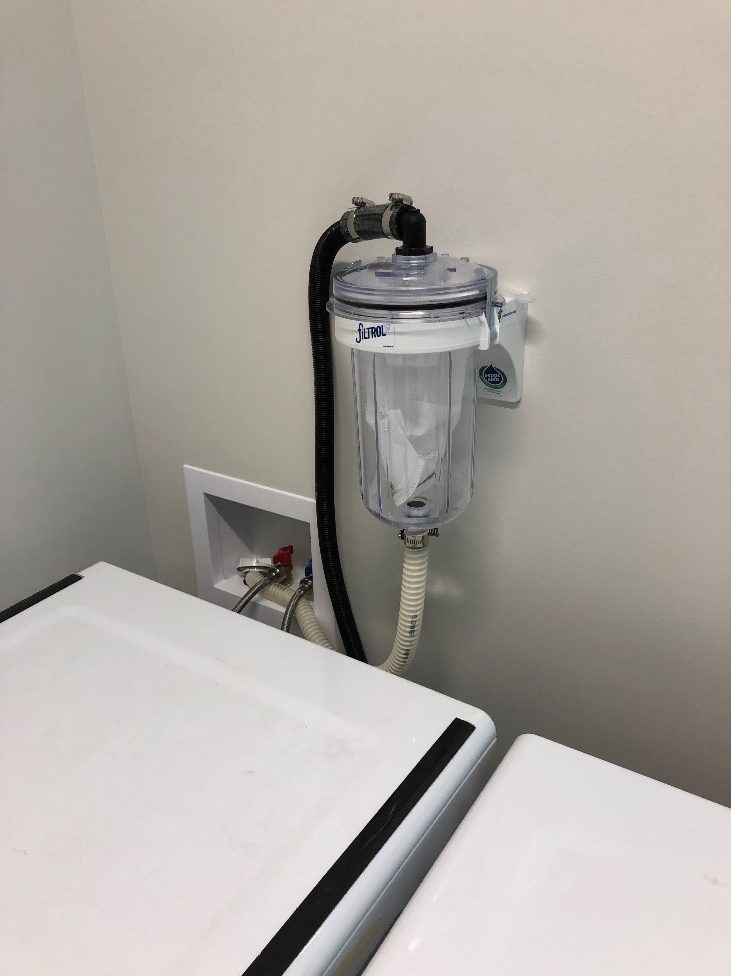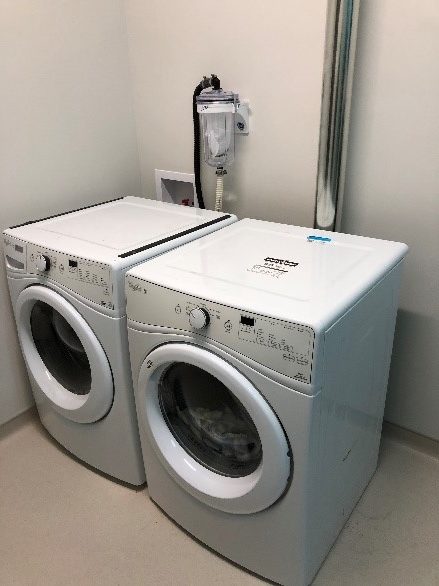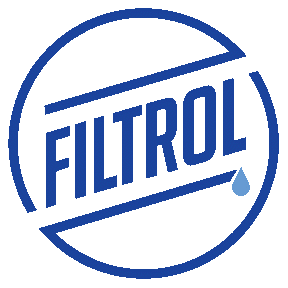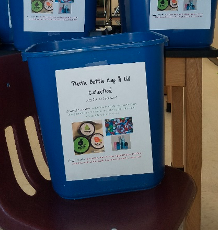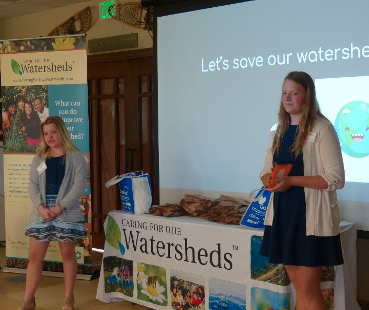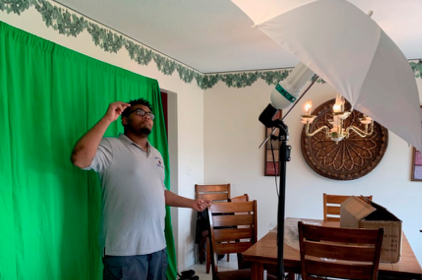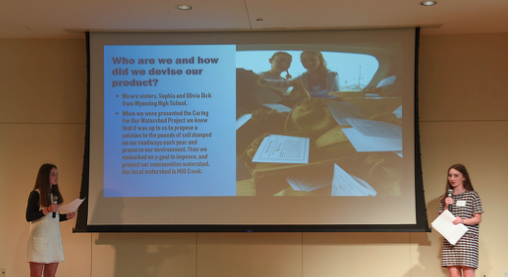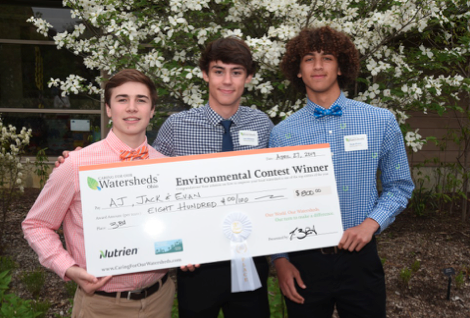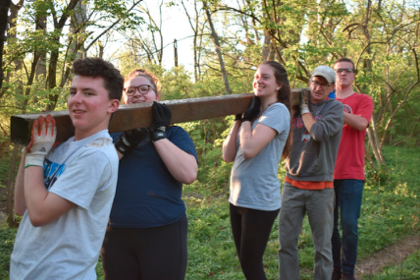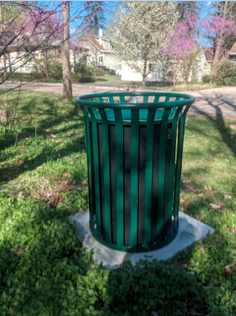2020, Warren, MB, CANADA
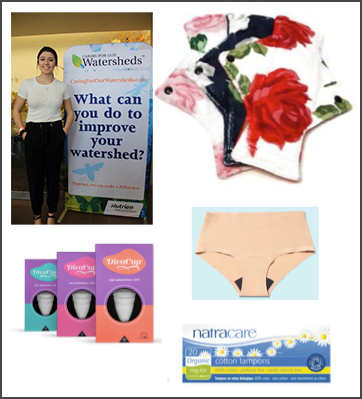
Hannah Friesen from Warren, MB decided to tackle the issue of the impact that disposable menstrual products are having on our environment. How could she get people to change the products they use? It’s difficult to sway people from what they are used to, so she came up with the idea to add environmentally friendly period products into her school’s Health program. Cloth pads, leak-proof underwear, biodegradable tampons, and menstrual cups were added to a kit that teachers can use to educate their students on these eco-friendly options before they get used to the more harmful disposable ones.
“I want people to know that there are other options that would help our environment and keep our watershed and landfills free of the pollution from these products.”

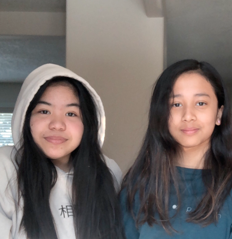
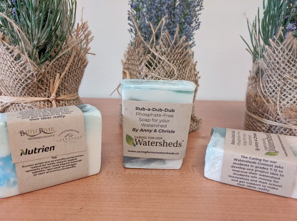
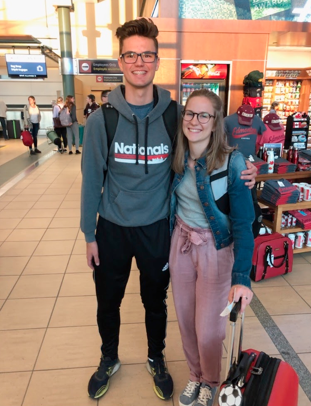
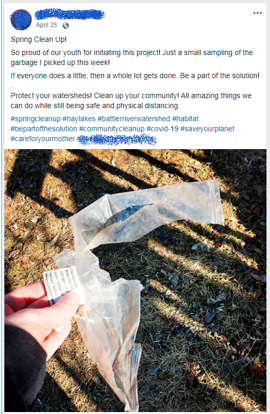
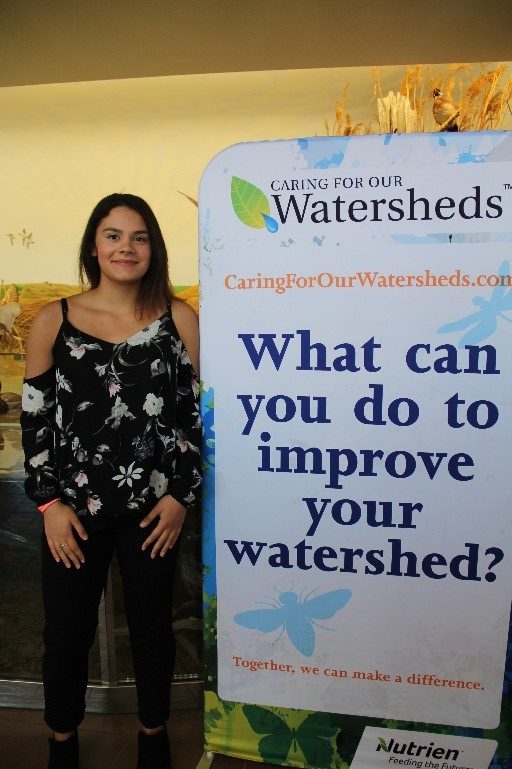 2019, Selkirk, Manitoba, Canada
2019, Selkirk, Manitoba, Canada